 | Enter Your Electronics & Design Project for a chance to win a $200 shopping cart! Back to homepage | Project14 Home |
| Monthly Themes | ||
| Monthly Theme Poll |
LASER stands for Light Amplification by Stimulated Emission of Radiation. As the name itself says it's a powerful beam of light which is coherent and monochromatic. Let's see how we can make a microscope with this key-chain LASER.
PLEASE DON'T FORGET TO VOTE ME IN CONTESTS. THANKS FOR YOUR PRECIOUS TIME.
Step 1: Parts Required
1. Key-chain LASER (You can use any LASER source such as laser diode .etc)
2. Injection Syringe(Be careful with the needle).
3.Cellophane Tape
4.Thin Copper Wire(Extracted from old electronic clock)
5.Stands for holding the things
6.White Chart paper for Screen
7.Clip for holding the button of key-chain laser
Step 2: 1. Laser Microscope
Take the syringe and fill it with pond water (To see aquatic creatures in micro-level) then place it on a stand or on top of a box.
Wrap the chart paper around a cardboard to make a screen.
Place the screen about 1 meter from the syringe arrangement.
With the help of clip hold the button of key-chain laser in ON position.
Secure the laser setup with the help of a stand or a box.
Place this setup 2 feet away from the syringe arrangement.
Step 3: Setting Up...!
Now we have arranged everything let's put the things into action.
Gently press the syringe piston such a way that water droplet should come at the end of the needle. This is the main part of our microscope i.e Convex lens. Yes, water droplet acts as a convex lens.
Focus the laser beam such that it should point the water droplet. Due to refraction from the water lens, it projects the laser light directly on the screen. This will form a red patch on the screen.
Step 4: The Final Show: Microbes.
Turn off the light and see the nice view of the microbes. You can use this experimental setup to check the purity of drinking water, boiled water etc.
Now you can observe microbes, bacteria etc. roaming around the tiny droplet of water.
You need the patience to watch this, of course in order to see wonders of science you need patience. 

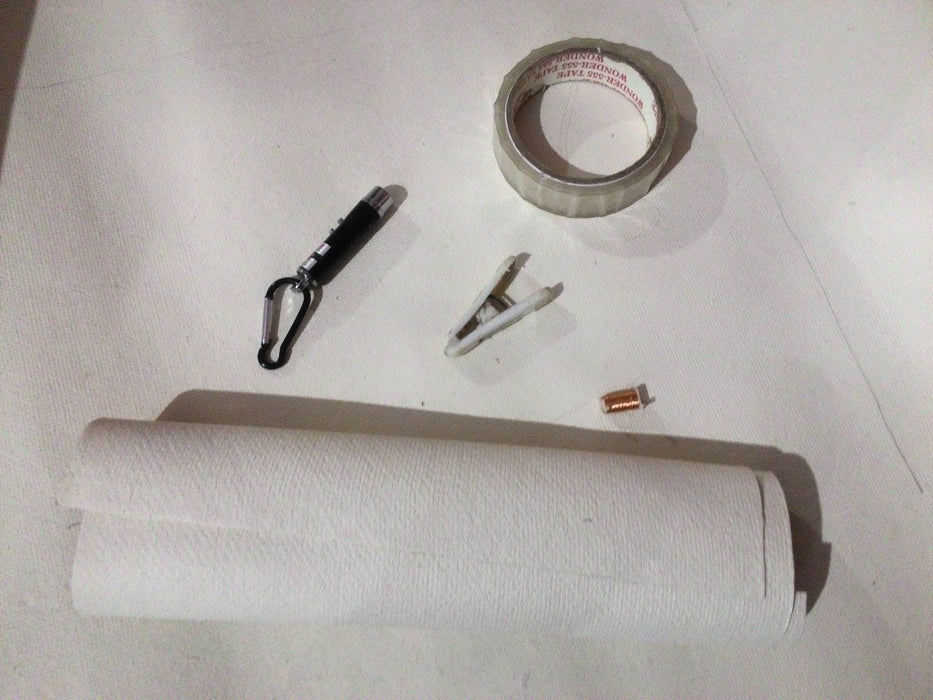
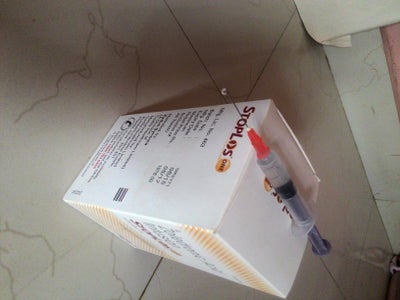
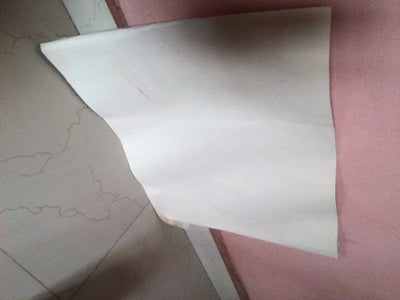
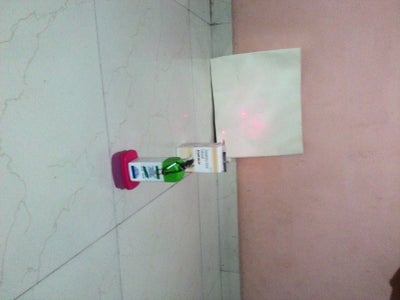
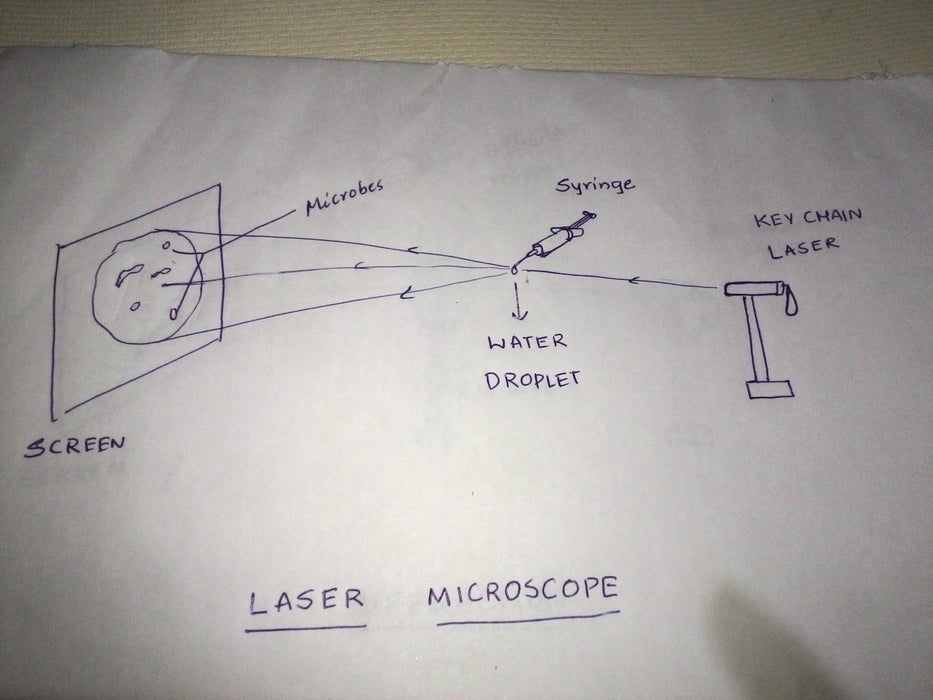
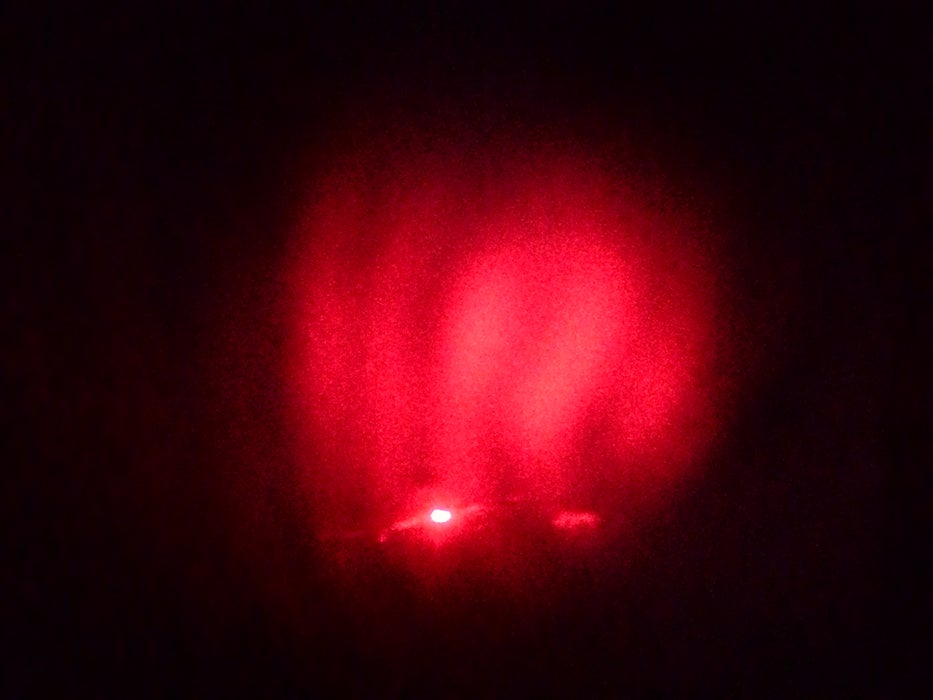
Top Comments
-

jw0752
-
Cancel
-
Vote Up
+1
Vote Down
-
-
Sign in to reply
-
More
-
Cancel
-

vishwasn
in reply to jw0752
-
Cancel
-
Vote Up
0
Vote Down
-
-
Sign in to reply
-
More
-
Cancel
Comment-

vishwasn
in reply to jw0752
-
Cancel
-
Vote Up
0
Vote Down
-
-
Sign in to reply
-
More
-
Cancel
Children